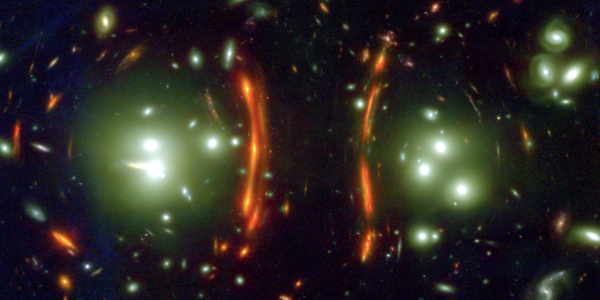
Megaelectronvolt Ultrafast Electron Probe: Science & Challenges
Xijie Wang, SLAC National Accelerator Laboratory
Electron microscopes achieve sub-Å spatial resolution through the introduction of the cold field-emitter and aberration correction optics. It is the interplay between atomic-scale structure and the associated ultrafast dynamics that governs the macroscopic functionality observed in matter. Ultrafast electron probe is the new frontier for electron scattering instrumentations. The development in high-brightness electron beams made it feasible to explore for megaelectronvolt electrons for Ultrafast Electron diraction (MeV-UED). In this talk, I will discuss the science enabled by the MeV-UED and technical challenges facing next-generation electron instruments. Recent developments in MeV-UED have enabled broad scientific opportunities in ultrafast material science and chemical dynamics, such as revealing the energy flow in superconductors and atomic movie of light-induced structural distortion in the perovskites solar cell. Single-shot MeV-UED was successfully employed for the first observation of heterogeneous melting. In the gas phase UED, we have successfully made the transition from proof-of-principle experiments to investigating the unknown dynamics in chemical interesting systems, such as making a real space movie of a nuclear wavepacket passing through conical intersections. To probe and control electron motion within a molecule and image bio-molecules in its natural environments, new generation electron scattering instruments with better time resolution, higher sensitivity and real space imaging are needed. I will briefly outline SLAC’s strategy for next-generation ultrafast electron instruments based on the superconductor RF gun.
About Xijie Wang

Xijie Wang is the leader of the Ultrafast Electron Diffraction & Microscopy (UED/UEM) initiative at SLAC National Accelerator Laboratory. Xijie obtained his undergraduate degree from Shaanxi Normal University, Xian, China. Xijie joined Brookhaven National Laboratory (BNL) after earning a PhD in physics from UCLA in 1992. Xijie was awarded a tenure position at BNL in 2001 based on his leadership in developing the BNL Accelerator Test Facility (ATF) and seminal work on ultra-short electron generation and characterization. Xijie Wang joined the SLAC National Accelerator Laboratory in December 2013. Xijie’s research covers a wide range of topics in accelerator physics and ultrafast science & technology. Xijie Wang has made major contributions to the technologies enabling the X-FEL and ultrafast electron diffraction; such as high-brightness electron sources, transverse deflection cavity for XFEL and inverse free electron laser (IFEL) micro-bunching. Xijie developed the photoinectors which driven the first saturations for both high-gain harmonic generation (HGHG) FEL at BNL ATF and Self-amplified spontaneous emission (SASE) FEL at ANL APS LEUTL. Xijie and his collaborators carried out a series of pioneering FEL experiments in early 2000s: VISA SASE FEL; nonlinear harmonic generation; Superradiance FEL, detuning and tapering for FEL efficiency improvements. MeV-UED pioneered by Xijie has demonstrated atomic spatial and temporal resolutions required to make atomic and molecular movies. He is an inaugural recipient of SLAC Director Award.
Audience: Public


